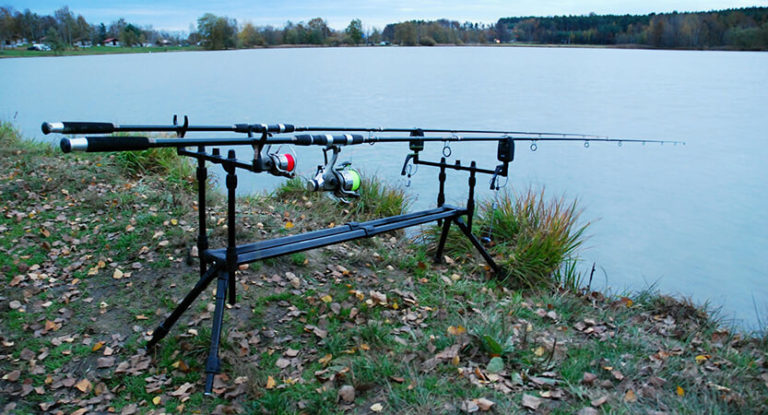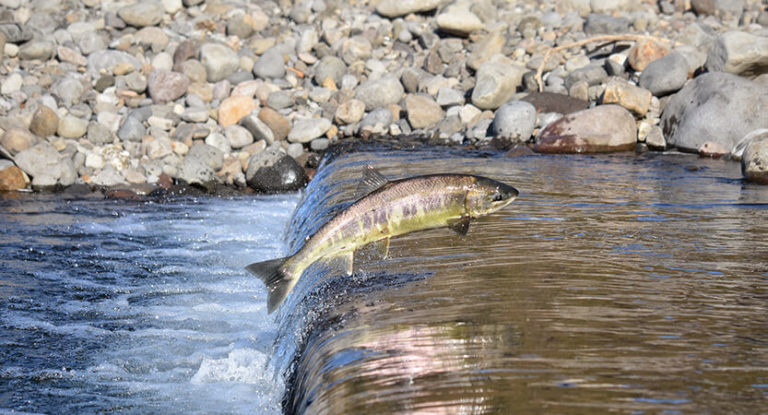All fishermen know that it is better to install fish caught on live bait tackle, just caught in the same reservoir. But this is not always possible and convenient: someone does not want to waste time hunting for a live bait before each fishing trip, and sometimes it is very difficult to get it. It is really not necessary to spend time and effort on catching baited fish : you can keep the bait alive and active for a long time.
Today you will learn how you can ensure the viability of a live bait for several days or even weeks. The methods presented in this article have been repeatedly tested by practicing anglers and have shown excellent results. Reinventing a bicycle is not worth it, just follow our recommendations – and you will always be provided with live bait.
Here is an overview of the content of this tutorial, feel free to jump to any section you care about:
For more fishing instructions, take a look at these popular Trizily links: Best Bass Fishing Lures, Best Spinning Rods.
- Fly Fishing For Beginners
- Fishing Techniques- All You Need To Know
- Secrets Of Successful Fishing- Tips and Tricks
What kind of live bait is advisable to store
As you know, a predator prefers to consume his usual food, therefore, as a live bait, it is advisable to use a small fish, which forms the basis of his food supply in a particular water body. However, it is sometimes difficult to get it, especially in winter conditions.
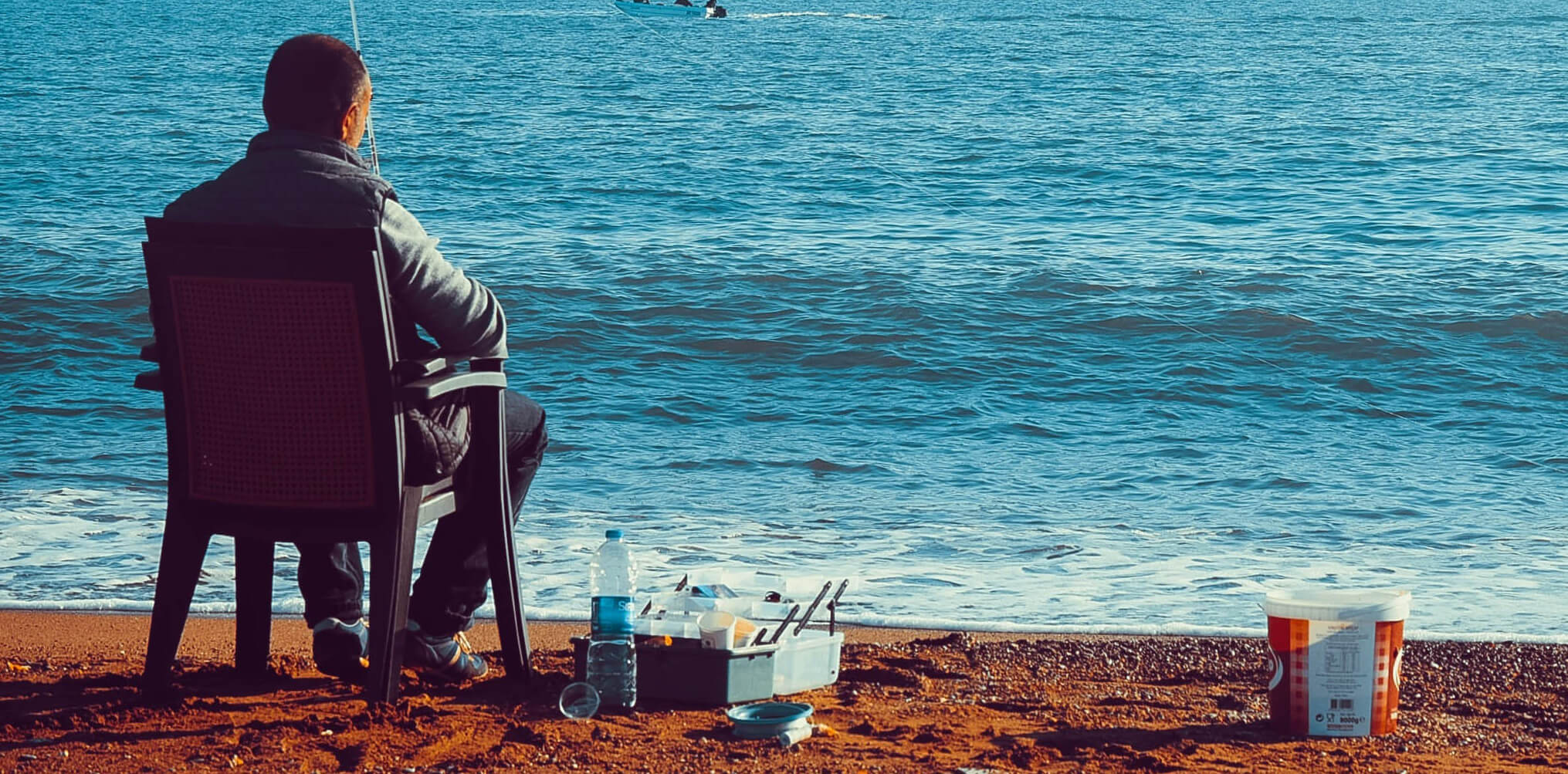
In specialized stores, you can get hold of any bait all year round, but they sell mainly juvenile carp, which is clearly not included in the top preferences of predators. Young perch and roach are most in demand in winter, and burbotters prefer the favorite food of freshwater cod, brushes. They are rarely on sale, so you will most likely have to get them yourself.
The obvious advantage of crucians is their record vitality: at low temperatures, they are able to fall into suspended animation and remain alive for several days even without water, in a basin on the balcony. But with representatives of other species you will have to tinker – they tolerate extraction from their native environment and storage in artificial conditions worse. Bleak, loaches are very popular with predators, but they do not tolerate changes in conditions extremely well, therefore they are not suitable for storage.
Winter ways
In winter, long-term storage of live bait is much easier to organize. The explanation of this phenomenon lies in the fact that at a temperature close to 0 on C, the life processes of any representative Ichthyofauna slowing, there is no need for active movement and food.
In this case, the main task of the angler is to maintain the optimal temperature regime in order to protect live bait from thermal shock. Even minor temperature fluctuations can destroy a potential bait, making it unsuitable for further use.
Short term option
If you do not have a task to keep the fish alive for a couple of weeks or more (you will go fishing within the next week), you don’t need to philosophize too much. Immediately after buying or catching it, you can put it in a can of cold water, put it in a cool place (on a balcony, in a cellar, in a refrigerator) and take it out on a fishing trip in the same form.
Live bait cooler is a special container for storing live bait. Once upon a time, fishermen made kans on their own or used buckets, tanks, cans for these purposes – in a word, any containers where water can be poured. You can resort to this method today, but for those who are seriously interested in live bait fishing, it is better to get a special canal.
All kinds of live bait cooler models are sold in specialized stores. It is best to choose a solid version of EVA plastic. Such models have good thermal protection, which ensures the safety of the bait from freezing and pronounced temperature fluctuations. Naturally, the live bait cooler cannot be regarded as an ideal thermos: the water in it heats up and cools down, just not as fast as in a “defenseless” container.
Another advantage of a good factory kan is the presence of an internal plastic mesh container. You do not have to climb into the water with your hands, in order to remove the live bait, it is enough to lift the net – and the water will drain into the main container. Dry hands in the cold are, you know, important!
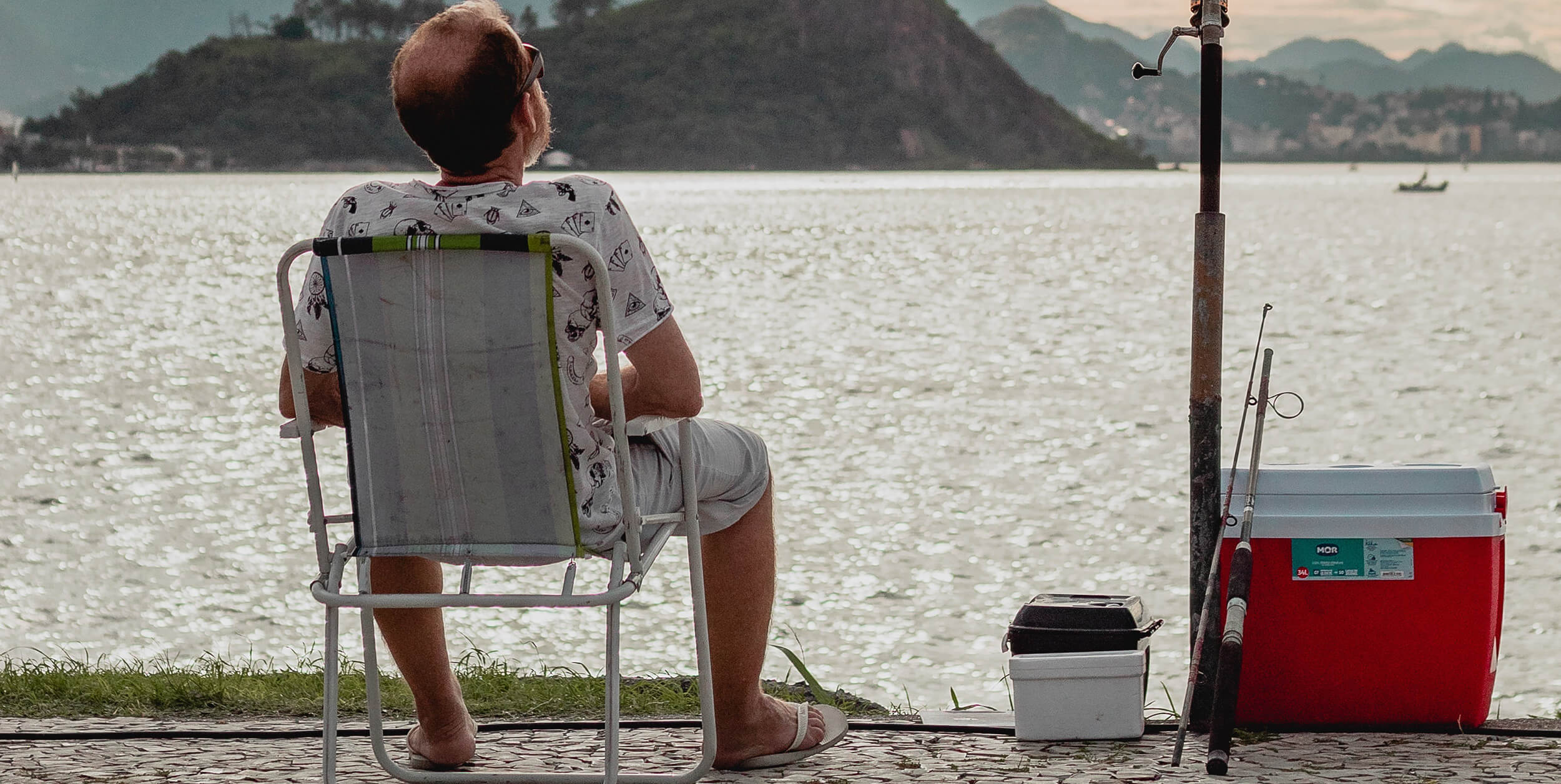
Long term option
If you travel to a specific body of water more or less regularly in winter, you can store live bait right there, in the hole. The sight of the fish frolicking in the line of sight additionally attracts the predator to the fishing area, so placing the girders a few meters from the “storage” usually gives excellent results. The main thing is not to make too much noise when removing the device.
For this storage, you can use both handicraft and commercial devices:
- Metal cage . In this case, a cage is used exclusively from a metal mesh, which retains its shape. The main requirement is that he goes into the hole. Some fans of winter fishing make such pipes from a metal mesh up to two meters long, according to the diameter of the hole. In them, live bait feels quite at ease and natural waste is minimal.
- Bottle . Carp and roach in the amount of a couple of dozen individuals feel great in a five-liter bottle. You need to make a lot of holes in a plastic bottle (you can use a hot nail of a large diameter), place the bottle in the hole up to the neck, put the fish in there, screw the lid on.
- Package . If the conditions or characteristics of the ice screw do not allow drilling a hole with a large diameter, you can get by with a thick-walled plastic bag of large volume (not for food, but for industrial purposes). It is also necessary to perforate it as often as possible with a sleeve (it is not necessary to heat it, you can simply knock with a hammer). In this case, a balanced weight is needed that does not stretch the bag downward, but easily sends it to the bottom. And then it’s a matter of technology: we immerse the bottom of the bag in water, straighten the edges on the ice around the hole, pour water with live bait into it, tie the bag.
All of the above devices sink to the bottom. They are supplied with ropes in advance, to which the crossbars are tied, which are laid across the holes. When the hole freezes over, you can disguise the location of the bait, the main thing is to detect the location of the storage yourself in order to find it the next time you leave. Thus, you can ensure the safety of live bait throughout the winter period – the main thing is to periodically remove the dead fish.
Long-term life support
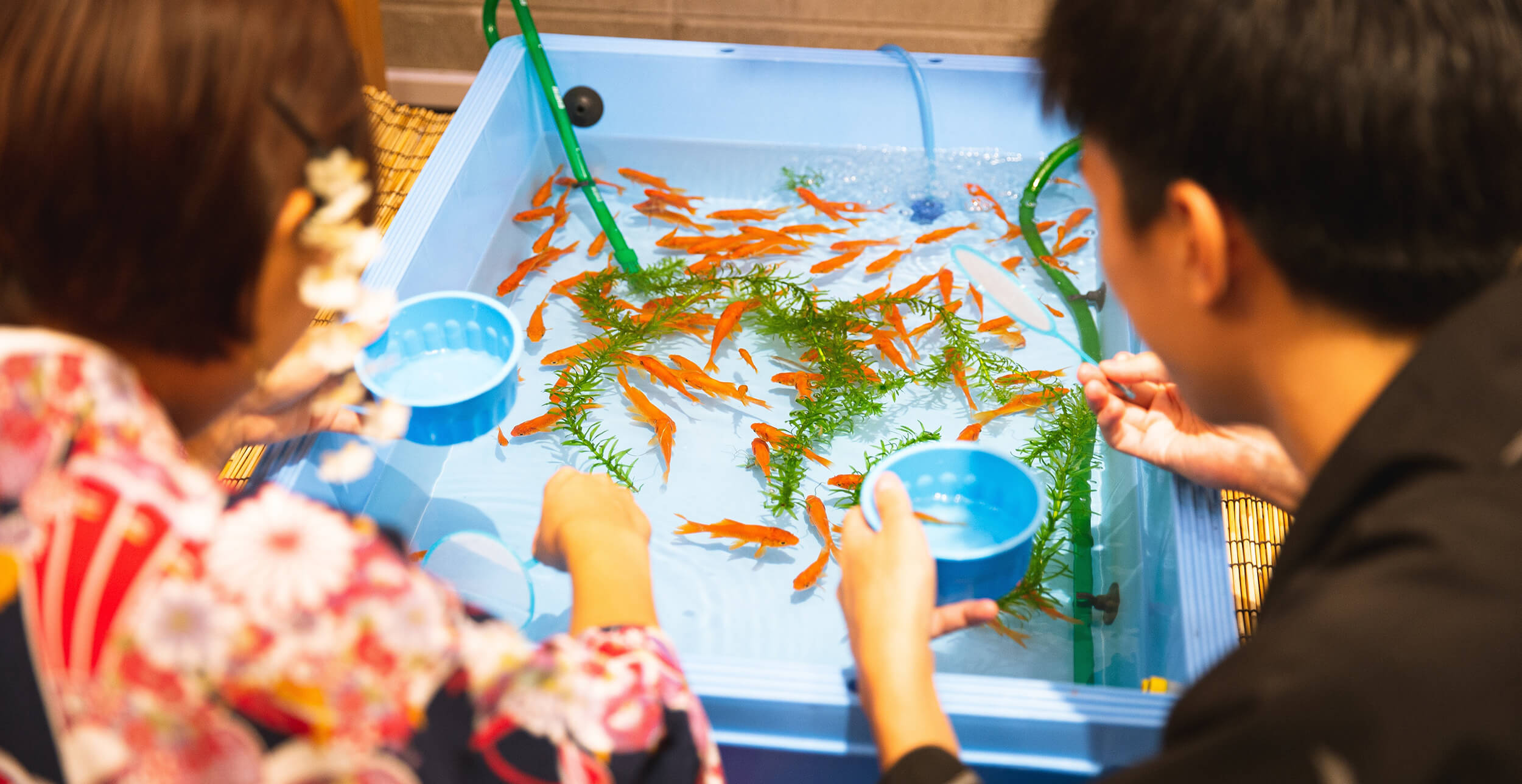
Subject to certain conditions and constant care, you can maintain the life of the baited fish for several months, even at home.
- Capacity . Let’s make a reservation right away: the container should be as large as possible, where it is possible to provide a live bait / water ratio of about 1/100. In this case, the ratio of height and diameter should be at least 1: 2 (the lower and more spacious the container is on the surface, the better natural aeration will be provided). You can use a plastic or enameled basin or trough for these purposes, and ideally a children’s inflatable pool, if you can place it in the right conditions. Several dozen fish can be stored in a bucket or in the same cane, you just need to provide proper conditions and care.
- Temperature conditions. The optimum storage temperature is 1-2 ° C, and 3-5 ° C is already the upper limit. Water freezing should also be avoided. This means that during the warm winter, you can keep the fish on the balcony or in an unheated corridor. The ideal storage place is a glacier cellar, where the water is guaranteed not to get too hot or freeze. When the temperature rises, you can throw a piece of ice into the water (only ordinary, from settled water!). For control, it is advisable to lower a household thermometer into the water.
- Water . It is advisable to use filtered or settled water for at least three days. When transplanting, you need to protect live bait from thermal injury, that is, ensure the minimum temperature difference between the water in the original container and the container for long-term “residence”. The water must be changed during long-term storage, otherwise the live bait will die within a couple of weeks. However, this must be done in portions and constantly. The first partial replacement is usually done after 2-3 days, then about a quarter of the volume is taken every day and the same amount of fresh settled water is added. The lower the density of the reservoir, the less often the water needs to be replaced.
- Aeration… One of the most important conditions for ensuring the life of a fish is maintaining a certain level of oxygen in the water. Elementary aeration is carried out in this way: every day a couple of dozen times we scoop up a certain volume of water with a mug and pour it back into the container from a height (along the way, the water is saturated with oxygen). You can also use an ordinary bicycle pump, a rubber “frog” or a garden spray for these purposes (just pump air into the water). An ordinary balloon also works well (we inflate and release air into the water). The ball can be connected to a dropper: this will make it possible to supply air gradually, adjusting its flow with the wheel of the drip system. The best option would be an aquarium aerator operating in a constant mode (in this case, such frequent water changes are not required, and in general, the hassle is an order of magnitude less).
Summer ways of storing live bait
In summer, it is much more difficult to ensure the vital activity of a fish, and the larger it is, the faster it falls asleep. There are several reasons for this:
- The fish are much more active, they need more space for comfort.
- Warm water wastes oxygen more quickly, being oversaturated with carbon dioxide.
- Any trash (especially organic matter) that gets into the container decomposes faster, poisoning the water.
However, it is much easier to get live bait in the summer. Therefore, even if live bait is bought, then in small batches, for one fishing. They store it in jars or cans in the refrigerator – it will withstand quite well for a couple of days. However, if there is a need for longer storage, for several weeks, you will have to tinker with creating optimal conditions.
If you do not have a cellar, it is unlikely that even a crucian carp will be able to keep alive for a long time. The task is difficult – to create conditions close to those listed in the previous paragraph. The water will have to be changed daily, and it will be problematic to do without an aquarium aerator, and still it will not be possible to do without significant losses. In a word, the game is not worth the candle – it is better to get fresh live bait before each fishing trip.
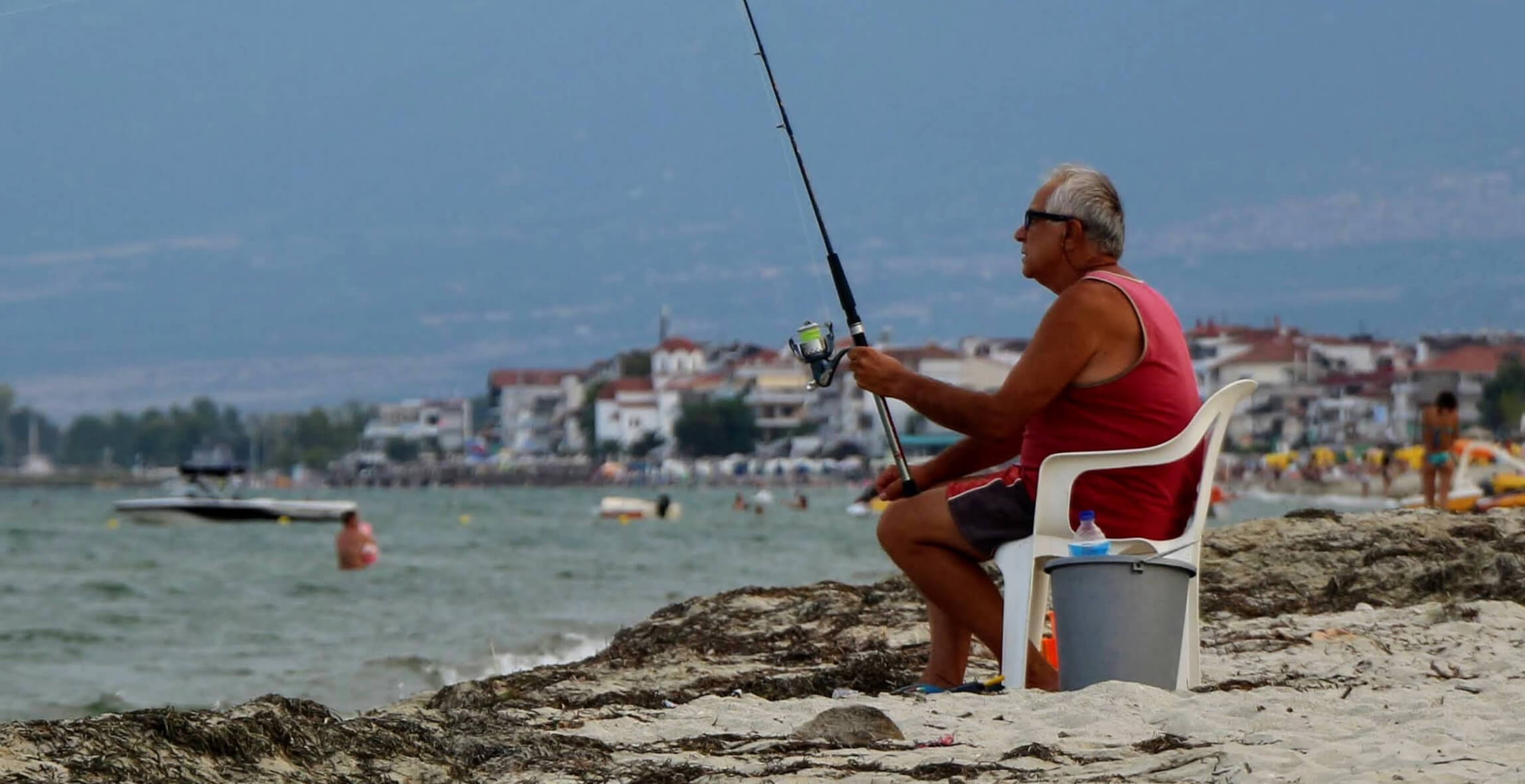
The only storage method that is effective in the summer is to place the fish in conditions close to natural. That is, the cage or a plastic bottle (the cage must be rigid, otherwise the possibility that the predator will “chew” is not excluded) must be immersed in a reservoir to a depth of several meters, where the water is cooler. It is recommended not to overpopulate the device – the higher the concentration of live bait, the greater the natural loss.
In any case, do not forget to remove the dead bait: one fish that has begun to decompose will instantly destroy all the bait.
Tips from experienced anglers
In the final post, let me share a few practical tips from experienced anglers:
- Divide live bait by type . It is better not to keep representatives of different species together, in any case, longer than several days at home. The ruff is especially destructive for the “neighbors” – it secretes caustic mucus (even under natural conditions it is better to settle it in a separate cage).
- Do not overpopulate the container . Even for short-term storage, the live bait / water ratio should be at least 1/8. Crucian carp can be settled more densely, and roach, perch, ruffe – freer.
- Carry out the first experiments on a crucian carp . As mentioned above, the crucian carp is the most tenacious and unpretentious. It is enough to change the water in the container with it once every 10 days, it tolerates crowding and temperature fluctuations well. If you want to mess around a little and don’t have the appropriate experience, stop at the little things of the carp.
- Do not take live bait with your hands . Our hands are much warmer than the environment, and even more so, the water, which contains live bait. Taking the fish with your hands in this case is guaranteed to provide it with a temperature shock. You should get a special scoop with holes or a net specially for planting live bait in the canal before fishing. It is necessary to pour water from the main container into the canal, carefully, without touching with your hands, transplant live bait, add water to the main container to the original level.
- Don’t forget about feeding . Once a week or two, the fish must be fed. For this purpose, dry food for aquarium fish or bloodworms is suitable. Just do not overdo it – pour in quite a bit, otherwise the decomposing food will poison the water.
We hope that our recommendations will help you keep the bait for as long as possible, which minimizes the loss of time fishing.

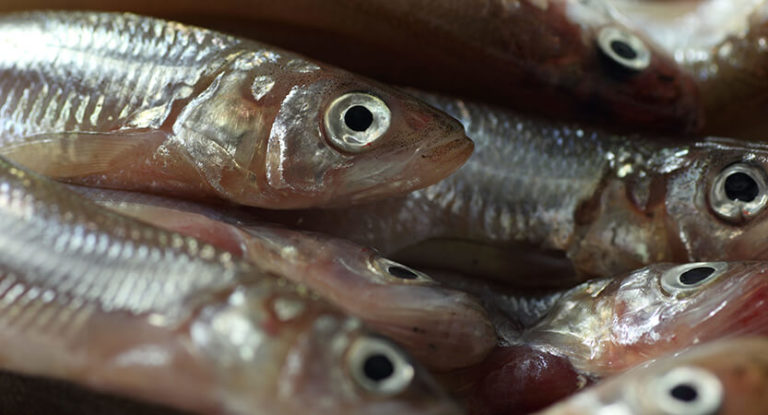
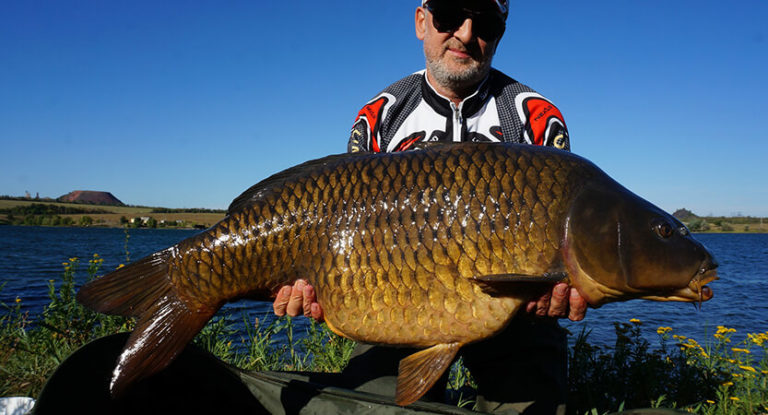
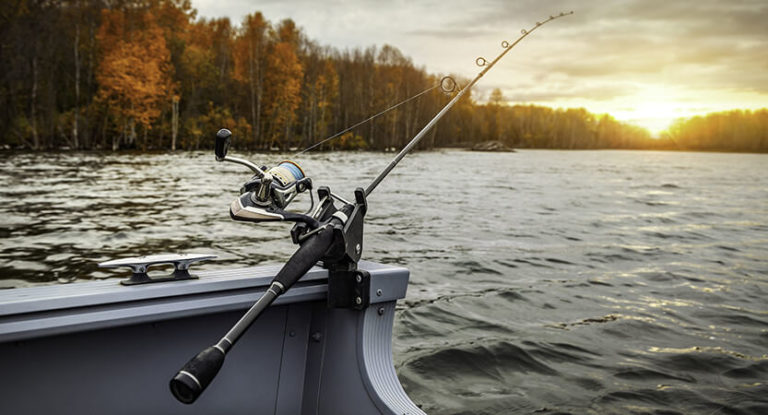
![Top 12 Best Fishing Tackle Bags in 2023 [Detailed Guide] 8 Top 12 Best Fishing Tackle Bags in 2023 [Detailed Guide]](https://trizily.com/wp-content/uploads/2022/03/best-fishing-tackle-bags-768x768.jpg)
